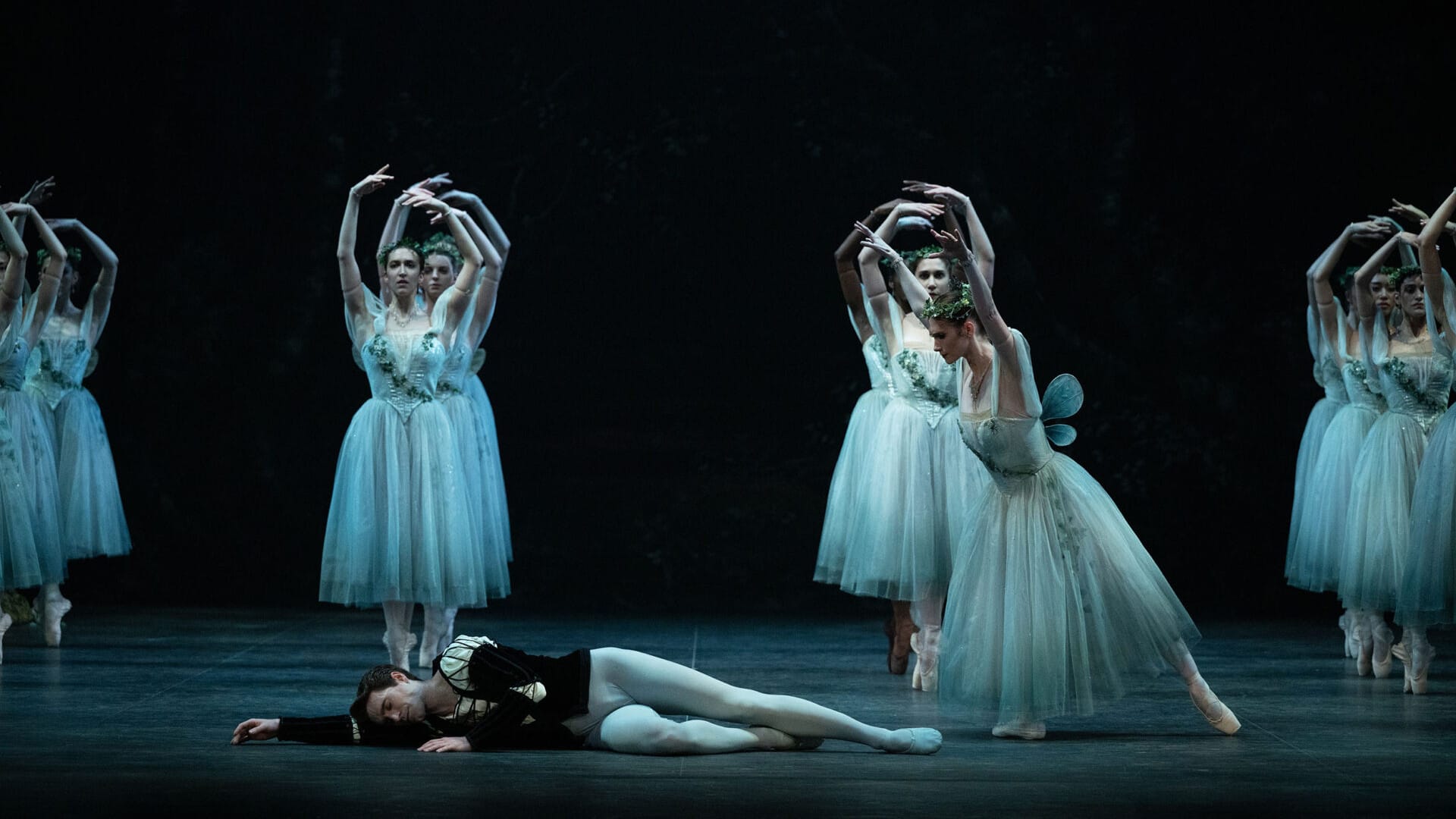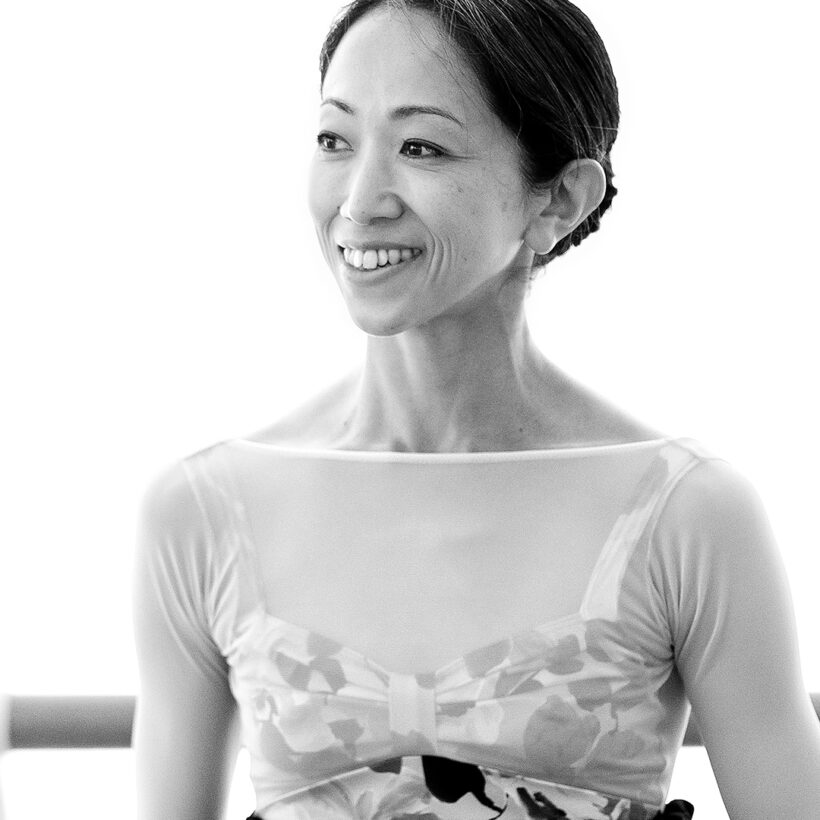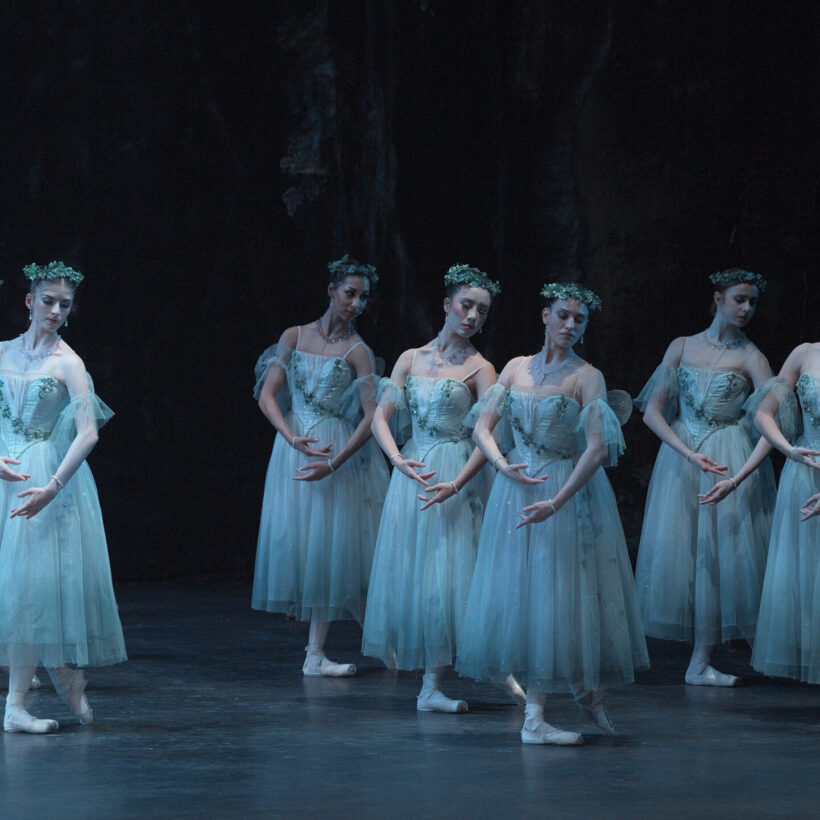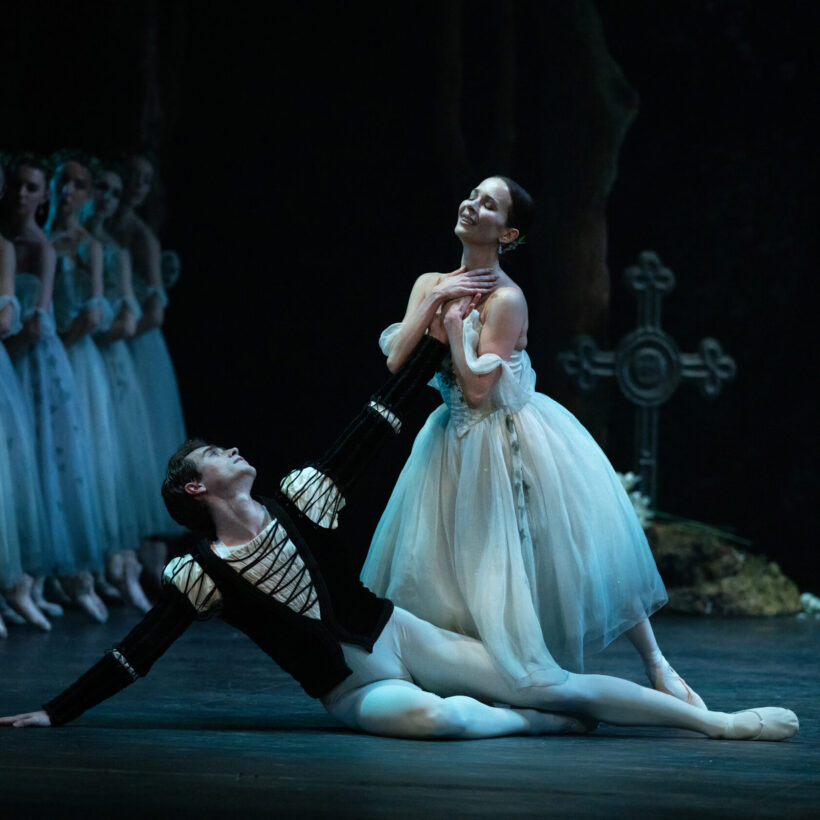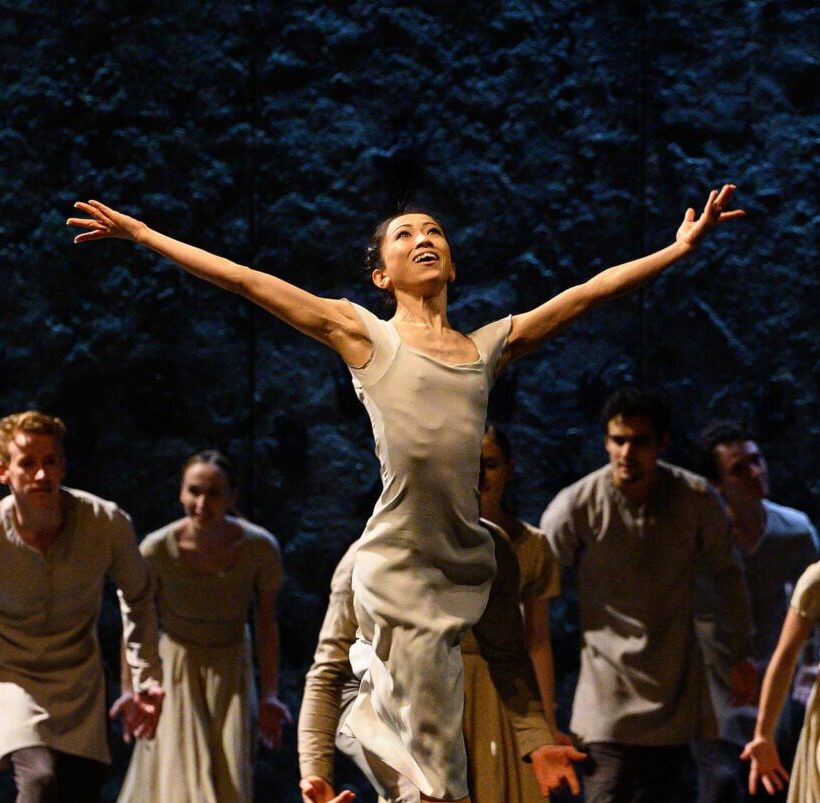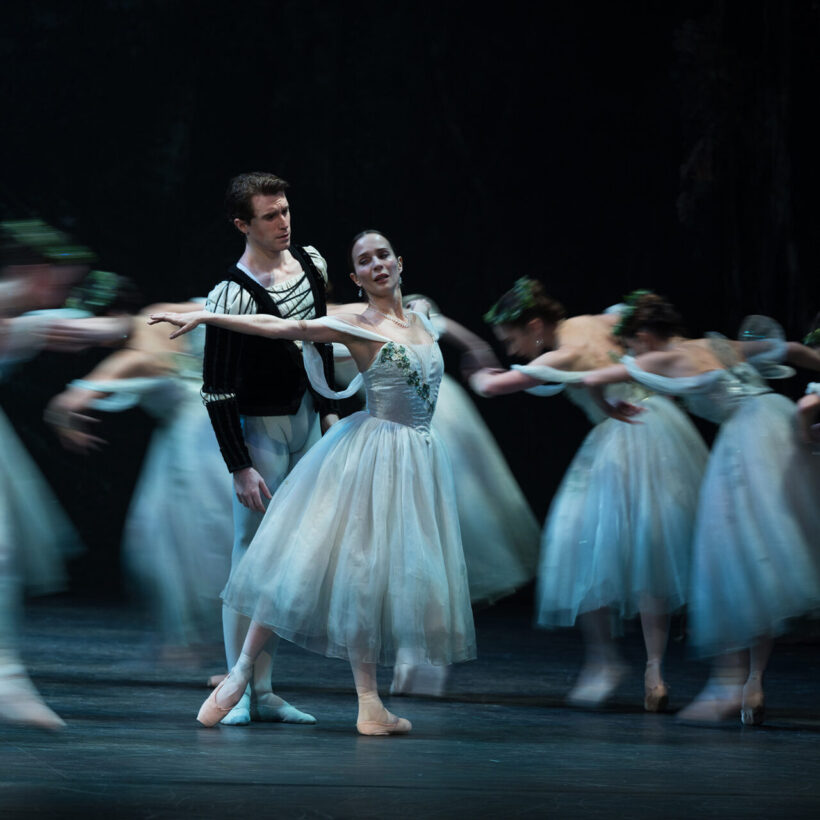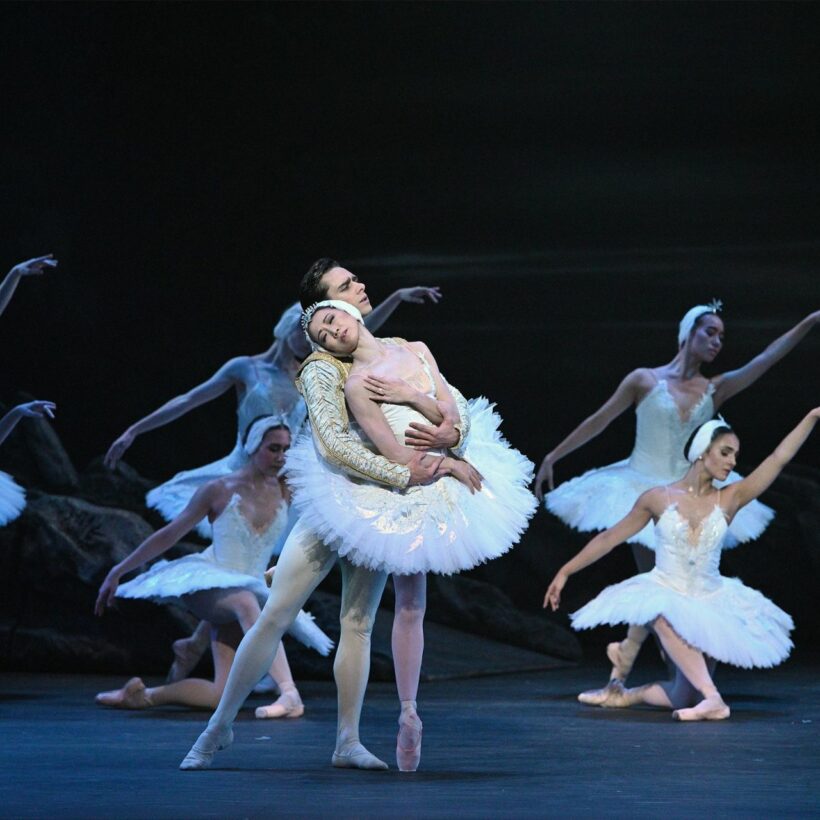Five things you didn’t know about Mary Skeaping’s Giselle
Having been performed for nearly two centuries, the production has evolved, as has the art form of ballet itself. When Mary Skeaping choreographed her production for English National Ballet in 1971 she decided to honour the original Giselle as closely as possible, allowing contemporary audiences to enjoy the magic of a true romantic ballet. Learn more about this beloved traditional classic: here are five things you might not have known about Mary Skeaping’s Giselle!
The role of mime
When Giselle was first staged in the 19th century, mime constituted an essential part of ballet performances, acting as the main storytelling device. As time passed and ballet evolved, mime was often cut or omitted in favour of more extended dancing sequences.
Whilst researching the original production, Skeaping received guidance from Tamara Karsavina, a prima ballerina who danced Giselle with Imperial Russian Ballet and, later, Ballets Russes. Karsavina, who had been teaching balletic mime in London since the 1930s, taught Skeaping all the mime sequences, most of which had been drastically cut in many productions during the 20th century.
Look out for a notable mime sequence in Act I, where Giselle’s mother, Berthe, recounts the legend of the Wilis, vengeful ghosts of wronged would-be brides, who force men to dance until they die. Skeaping was anxious to restore this mime scene because of its crucial part in foreshadowing what happens in Act II. Tying the two acts together, the scene creates a narrative bridge between the very different settings and characters.
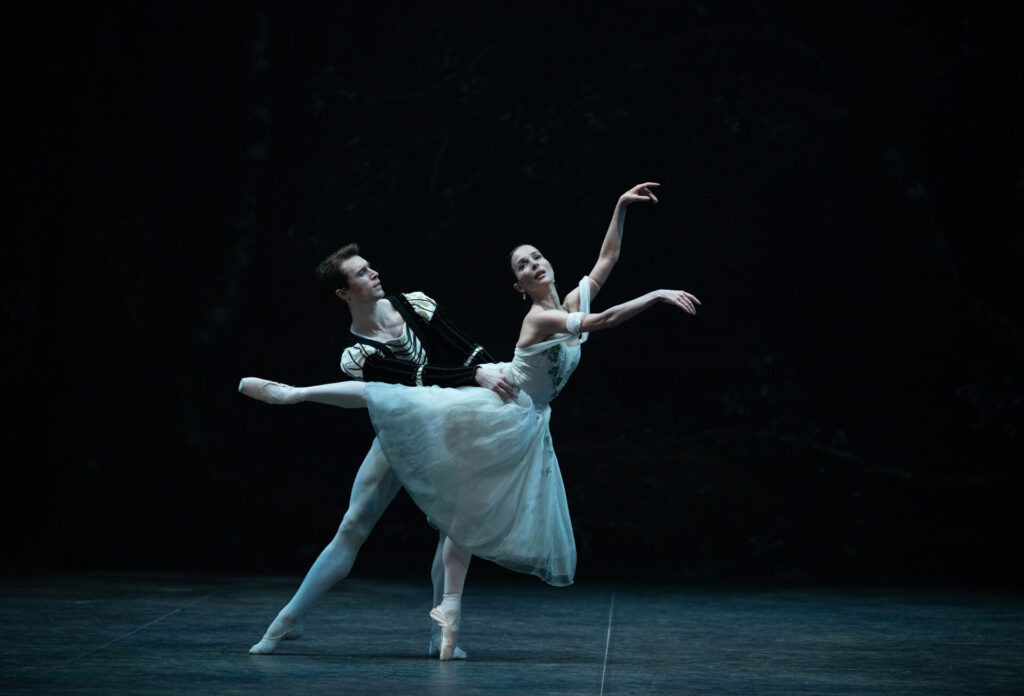
Something old, something new: the Wilis’ costume
What might be surprising to fans of Giselle is that in this production, the costumes of the Wilis are not white. Their dresses are green-tinged, indicating that they have just risen from the ground in the forest. This also suggests that they have been Wilis for a long time, unlike Giselle, whose dress is fully white. Research suggests that the first person to use this idea may have been Anna Pavlova, whose Wilis in her 1910 production wore dresses of a damp grass colour.
Another surprise might be the inclusion of wings, which are rarely used in modern stagings. However, the original designs from 1841 included them: a lithograph depicting the original Myrtha (Adele Dumilaitre) shows her with wings, as do subsequent pictures of Giselle from the mid-19th century.
So, while the costumes in Act II of English National Ballet’s production might seem slightly unexpected, to some ballet fans, they are, in fact, a tribute to past productions of Giselle.
Spotlight on the Villagers
Giselle is perhaps most recognisable for its ghost-filled Act II. However, just as important as the Wilis are the Villagers of Act I, providing the backdrop to the dramatic events unfolding between Giselle and Albrecht. And just as the Wilis perform iconic group dances, solos and duets, so do the Peasants of Act I.
The most visually engaging group choreography of the first part of the story is the Marche des Vignerons (Grape-Pickers March), culminating in the coronation of Giselle as the Queen of the Harvest. Skeaping restored the entire March, and, unusually for productions at the time, featured both male and female dancers within this.
Another key difference in Act I is the Peasant pas de deux, which was not part of Adolphe Adam’s original score. It was only included after the composition was finished, as a wealthy patron of the ballerina Nathalie Fitzjames wanted to see her featured in the ballet. Originally, the duet was placed directly before the climactic ‘mad scene’ of Act I. However, Skeaping felt it distracted from the dramatic tension , and moved it to an earlier point in the story, having the pas de deux serve as entertainment for the royal party visiting the harvest festival.
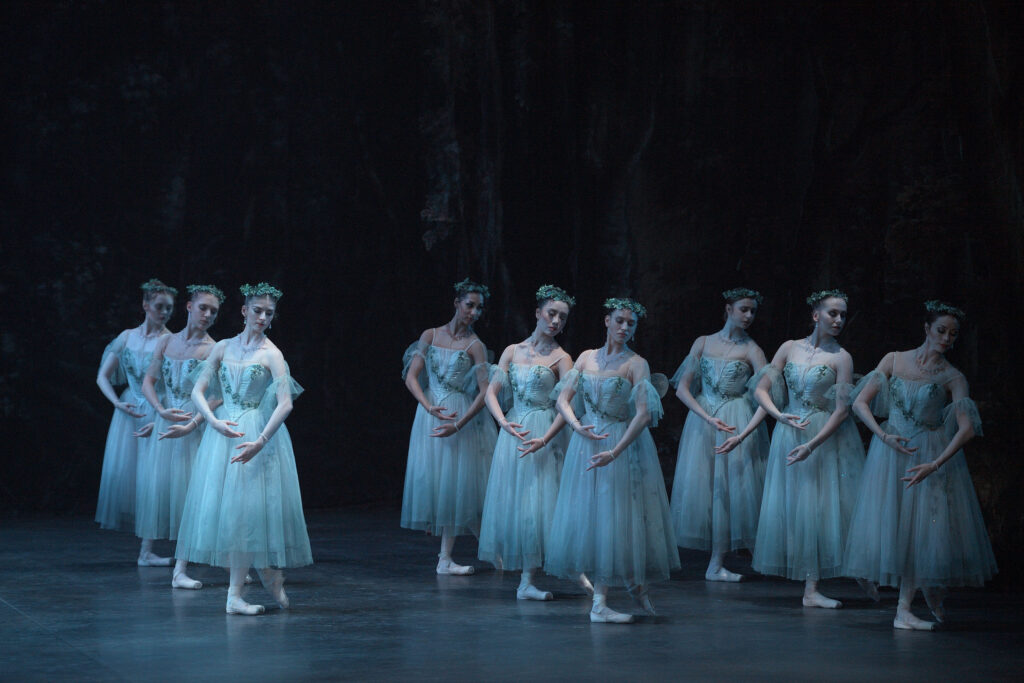
The score, restored
Mary Skeaping was a trained musician, having studied at London’s Royal College of Music in the 1920’s. Throughout her time as a dancer, and, later, as choreographer and director, she was always troubled by the cuts and rearrangements to Giselle’s score. She felt strongly that such changes would not have pleased the original composer, Adolphe Adam.
When staging Giselle for the first time, for the Royal Swedish Ballet in 1953, she approached the work with the music front of mind. She studied piano reductions of the score, which she found in the local archives. It was only later, during her time in France, that she was able to obtain the microfilm of the original and unpublished orchestral score from the Paris Opéra. Thanks to these findings, Skeaping was able to restore the music to the fullest extend she could, using almost the entire score by Adolphe Adam, with additional pieces by other composers. Her meticulous research in Paris was fundamental to the production she created for English National Ballet.
Ghostly ladies in waiting
Think you know the Wilis? Think again! Mary Skeaping’s Giselle features Moyna and Zulma, two of Myrtha’s seconds-in-command. Many contemporary productions omit these characters, instead assigning their music to Myrtha herself. Skeaping, however, believed both of them to be important to the story, and took much care to restore the choreography of the original intention.
Zulma’s solo is more extrovert, featuring dynamic posés in arabesque, and the more sensuous renversé turns. Conversely, Moyna’s choreography includes gentle posés in attitude which appear to float above the ground, and equally soft relevé and fouetté en l’air which melt into the ground. In the end, both characters perform a short duet, before joining the rest of the ghosts in anticipation of the unfolding events.
Having premiered in 1971, Mary Skeaping’s Giselle was initially created for our 21stAnniversary, and then featured as part of our 75th Season.
